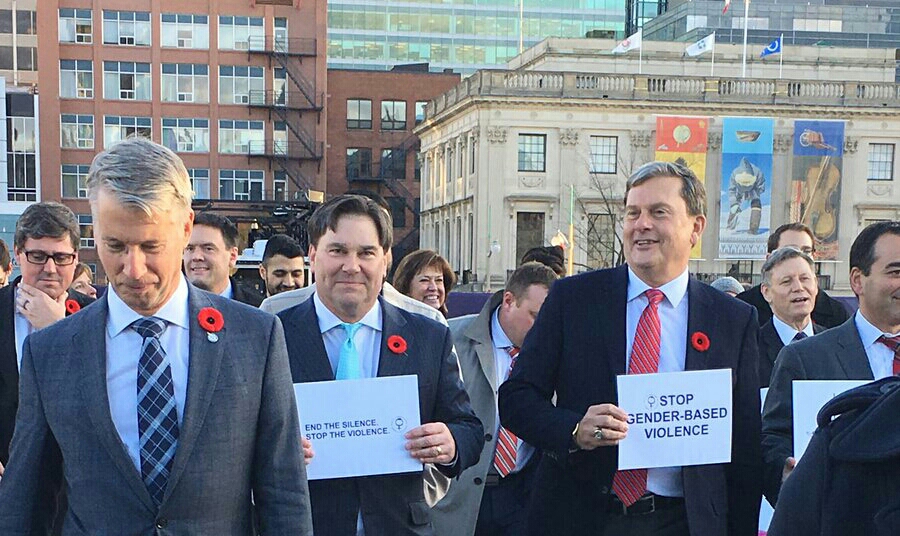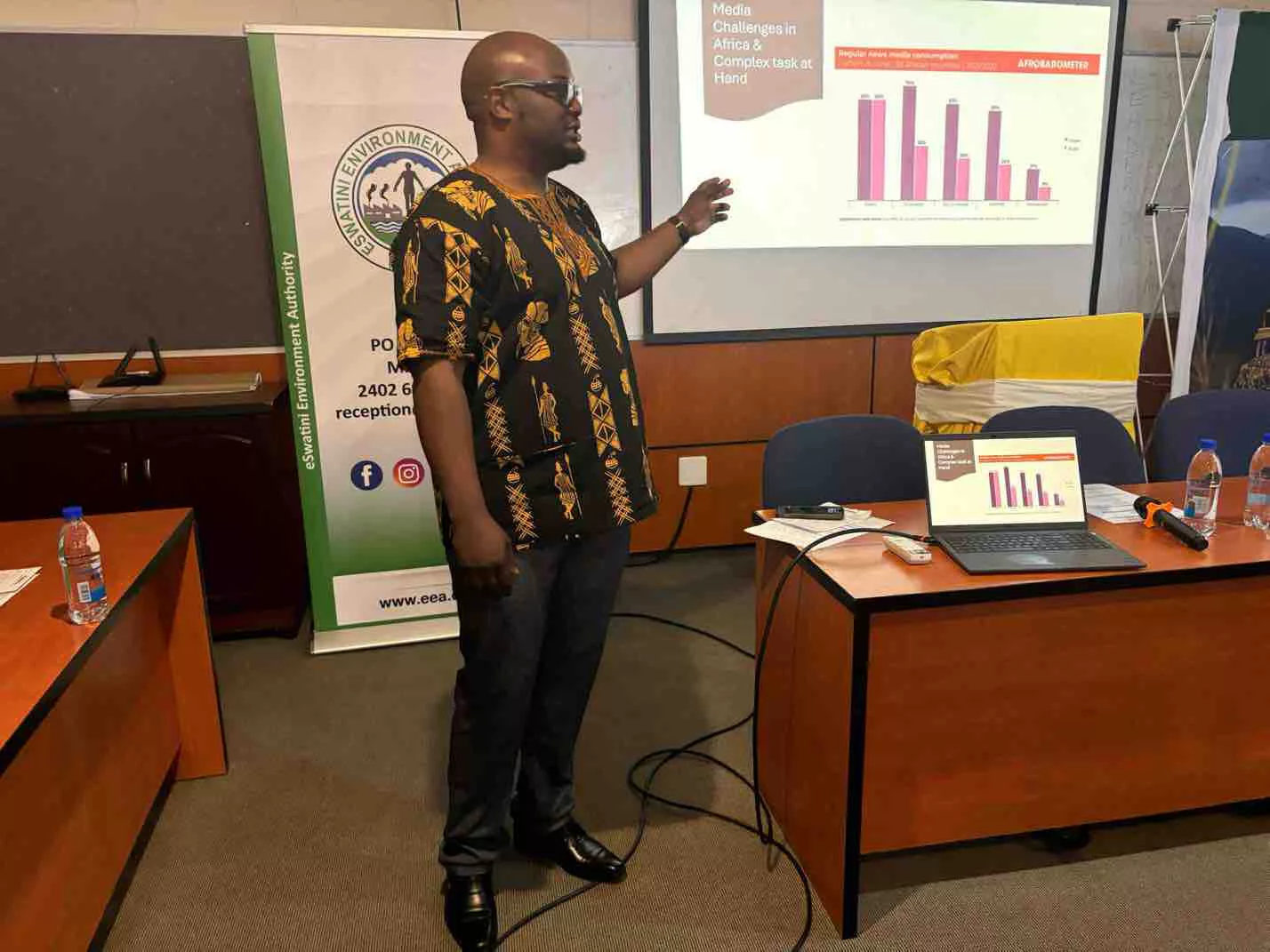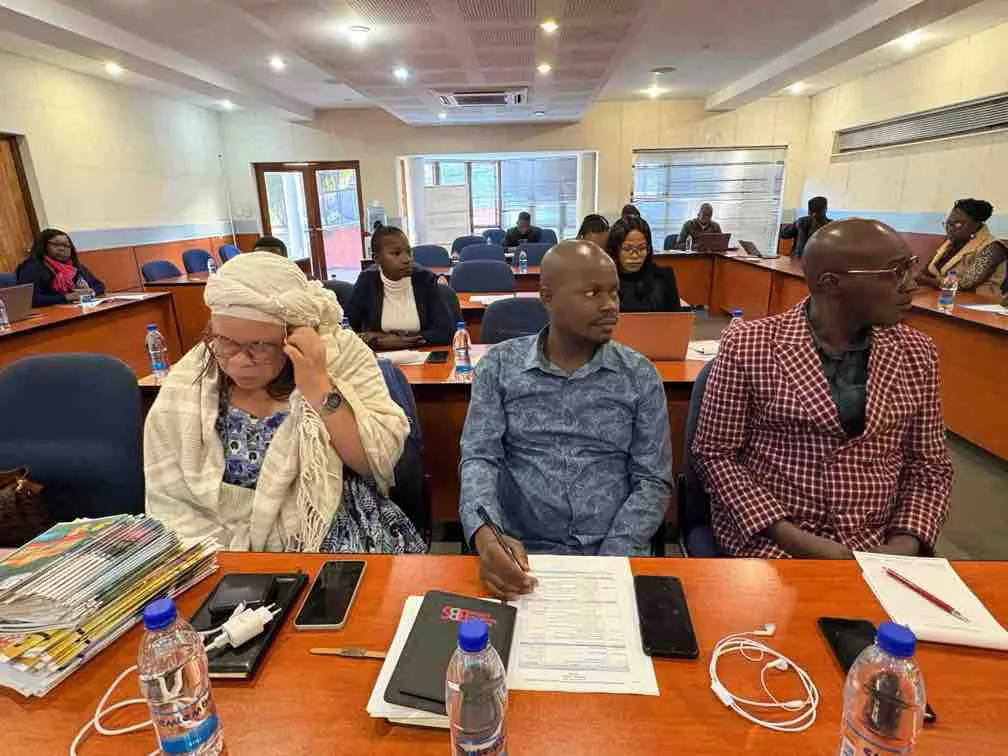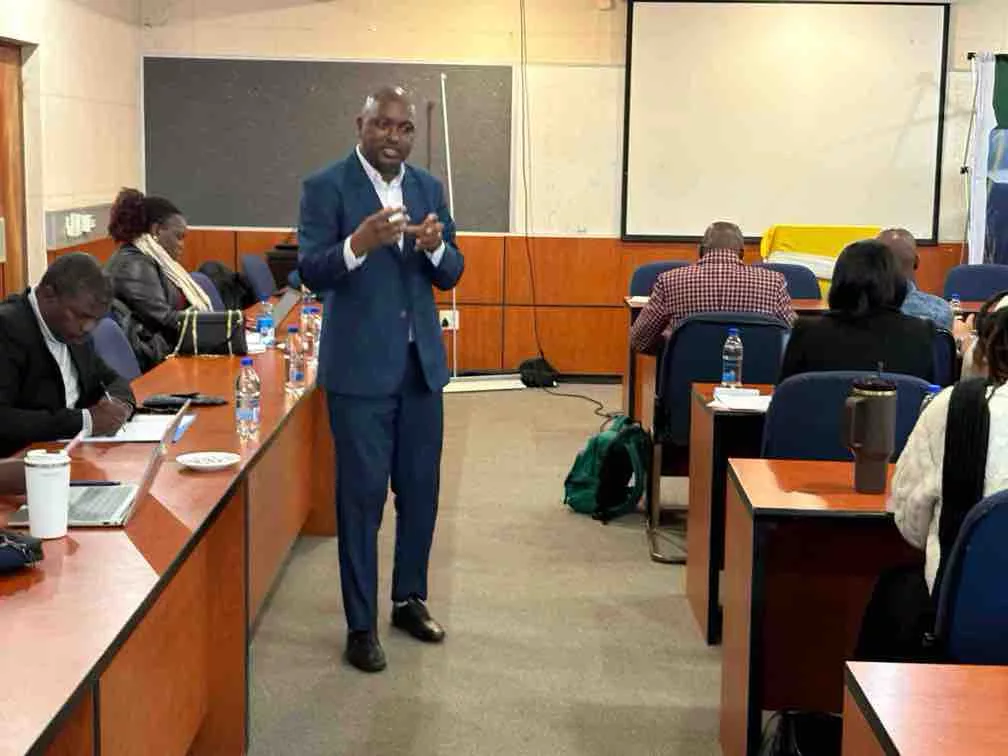By Farai Chirimumimba
From 25 November Zimbabwe will join the rest of the world in commemorating the International Day for elimination of Violence against Women, to 10 December. The 16 Days of Activism against Gender-Based Violence (GBV) Campaign is a time to highlight action to end violence against women and girls around the world. The International campaign originated from the first Women’s Global Leadership Institute coordinated by the Center for Women’s Global Leadership in 1991. Although countries may have their own themes, this year, the Unite Campaign will mark the 16 Days of Activism against GBV under the overarching theme, “Leave No One Behind: End Violence against Women and Girls”- reflecting the core principle of the transformative 2030 Agenda for Sustainable Development.
According to UNFPA Zimbabwe about 1 in 3 women aged 15 to 49 have experienced physical violence and about 1 in 4 women have experienced sexual violence since the age of 15. This was also confirmed by the Zimbabwe Demographic Health Survey 2015 were key findings shows that more than 1 in 3 women have experienced physical violence since the age of 15. At least 22 women are raped daily in Zimbabwe, translating to almost one woman being sexually abused every hour as statistics from the Zimbabwe National Statistics Office (ZimStats) show an increase in sexual abuse in the country.
Zimstat’s quarterly digest of statistics for the fourth quarter of 2016 shows that 8 069 women were raped in 2016 up from 4 450 recorded in 2010. At least 4 450 cases were recorded in 2010 before the figure went up to 5 446 in 2011 and down to 5 412 in 2012. In 2013 a total of 5 717 were recorded before the cases shot up to over 7 000 in 2014 and 2015. The data shows an 81 percent increase in rape cases between 2010 and 2016, a trend that has worried not only gender activists but also the police and government.
GBV is a grave violation of human rights with the problem deeply rooted in gender inequality and discrimination. Violence, sometimes associated with certain cultural norms and behaviours, is also a deep-seated barrier for women trying to enter political life. Representation in Zimbabwean parliament stands at 35 percent because of quota system where there are 60 seats directly reserved for women. Most of the women who contested the 2013 elections failed to win parliamentary seats.
Perhaps as a result of the electoral mode gender-based electoral violence will now receive greater attention as we approach the 2018 harmonised elections. Electoral violence includes threats, verbal intimidation, hate speech, physical assault, destruction of property, and other acts intended to influence or delay an election. In Zimbabwe women politicians should continue to speak out in greater numbers about gender-based electoral and political violence, including intimidation, physical assault and threats an issue during the 2013 elections. In Kenya during the recent general elections, there were cases of gender based electoral violence. Women draw attention to intimidation by using mainly social media to exploit vulnerabilities that undermine their right to compete.
In 2013 the new Speaker of Italy’s lower house, a woman, divulged the numerous emails she had received threatening rape, sodomy, torture and murder, most of these being acts of a sexual nature. In Kenya, where violence against women marred the 2007 elections, scrutiny of electoral violence, early warning signs and the protection of women were of greater concern during the 2017 polls. Kenyan 2010 Article 81(b) of the Constitution states that, “Not more than two-thirds of the members of elective public bodies shall be of the same gender.” Which is further spelled out in the Political Parties Act requires that no more than two-thirds of a party’s membership or governing body can be of the same gender. However, the recent polls has more there are only 76 women of the total 349 members of parliament.
In Zimbabwe the Constitution is buttressed in its endeavor to protect individuals’ not just women from the fear of harm by the passing of various laws. The Domestic Violence Act (Chapter 5:16), the Criminal Law (Codification and Reform) Act (Chapter 9:23) as amended in 2015 and the Trafficking of Persons Act (Chapter 9:25) of 2014 are three such laws whose titles speak for themselves.
In a country already embattled with high crime rates that suggest a culture of violence as being the norm, it is not surprising that the prevalence of domestic violence is so prominent. The main thrust should be to increase awareness of gender responsive laws and services, the provision of health care, psychosocial support and legal aid to survivors of GBV mobilising men and young people to support gender equality, GBV prevention through community mobilisation and supporting GBV referral and coordination mechanisms at district and community level.
It is however, not all doom and gloom on this front. Besides legislation, the government has been able to come up with a Victim Friendly Unit at Magistrate Courts and police stations throughout the country. These have helped in counseling and resolving some of the domestic violence cases. However, the government can look at modalities to localise strategies being implemented in other countries such as South Africa where the Department of Social Development’s GBV Command Centre is a 24-hour call centre established in 2014 to provide support and counseling to victims of GBV. The centre has since been recognised regionally and internationally for its innovative approach and excellence in combating GBV. It has won a number of internationally acclaimed awards such as the Innovation Award in the Contact Centre Management Group (CCMG) Awards 2015, Changing Lives Award Category in the Africom Awards 2015 and the Gold Medal at Global Best Contact Centre Awards held in 2015 in the United States.
While there visible growing awareness, thanks in part to campaigns such as 16 Days of Activism against Violence against Women and Girls, more needs to be done. It is time to take more robust stance complete with punitive action to emphasise a zero tolerance attitude to violence against groups in order to achieve an equal society based on human dignity, as envisaged by the Constitution.
Men in Zimbabwe have been considered part of the problem of violence against women because of cultural attitudes that assume male superiority. When we look at the statistics, men are mentioned many times as being perpetrators of violence and not necessarily part of the solution. It’s high time we don’t just point at men as a problem in the fight against GBV because there are many men of good will who do not abuse women. Energy and resources should be directed towards taking advantage of some of men who are good ambassadors and work with them to transform their fellow men. Involving men as agents of change should therefore be a priority through men’s civil society organisations such as Padare Men’s Form on Gender that works to create platforms for engagement of men and boys to end all forms of discrimination against in all spheres.
It also makes sense to focus on public perceptions of the issue and probably use entertainment strategies through theatre and music to change perceptions. Although gender issues receive a lot of lime-light in the media, both in terms of positive and negative. However, it has also been largely misrepresented in popular media, and the way it is reported in mainstream media is irksome. A fact is that words are powerful as a result the way mainstream media talks, writes, represents women and GBV make a huge impact on how people perceive it.






